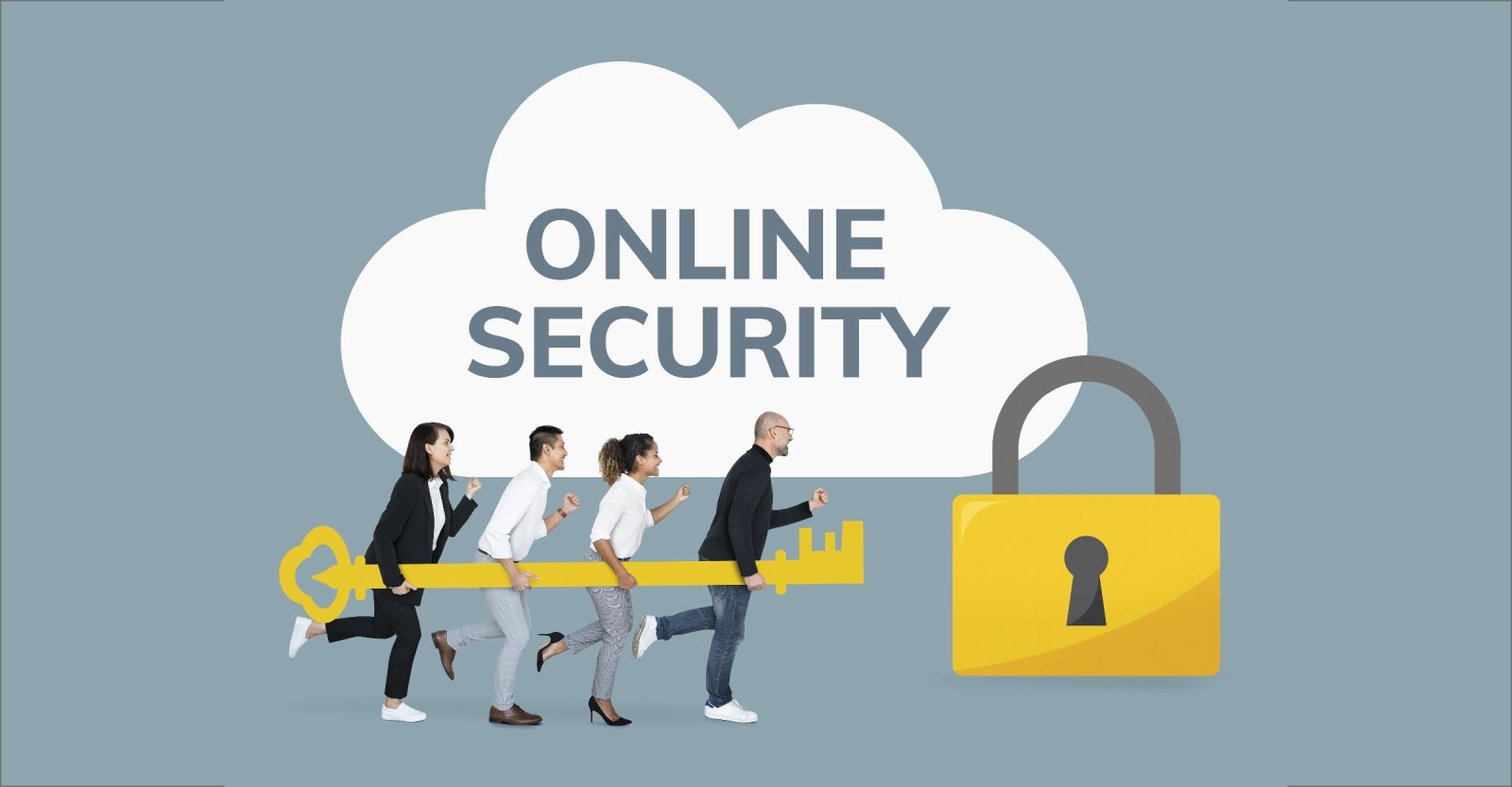BLOGS > DEVELOPMENT
Data security in cloud computing
Published on 11th Jan, 2023 5 min read

Cybersecurity is an important concept, with it being one of the top investments that companies that are undertaking digital transformation projects plan to make in the next financial year. The new emerging trends of remote and hybrid working have created a shift in data security that is changing spending priorities. Businesses are looking to improve their strength, and employees expect the freedom to work from anywhere. Cloud computing is here to provide the technological foundation for this change. Data security in cloud computing is essential, especially because a lot of cloud solutions do not come with a built-in security feature.
What is data security in cloud computing?
Data security in cloud computing is the combination of technological policies, solutions, and processes that are implemented to protect cloud-based apps and systems, along with their related data and user access. The three core principles of information security and data administration—data integrity, confidentiality, and availability—also called the CIA triad—also apply to cloud computing security.
Confidentiality - Securing the data from unsanctioned access and
disclosure
Integrity - Protecting the data from unsanctioned modification so
it is trustworthy
Availability - making sure
the data is available and easy to access when required
These principles apply regardless of which cloud version you adopt, be it public, private, hybrid, or community, and which cloud computing category you use: software-as-a-service (SaaS), platform-as-a-service (PaaS), infrastructure-as- a-service (IaaS), or function-as-a-service (FaaS). Data security needs to be kept in mind during all these stages in cloud computing and in data lifecycles- from development, distribution of applications and systems to the management of the cloud computing environment.

Data security policies in cloud computing need to secure data of all types. This includes the following-
In-Use Data: Protecting data that is being used by an app or
endpoint through
the means of access control and user verification
In-Motion Data: Making sure that transmitted data is safe if it
happens to be sensitive, confidential, or proprietary while it moves
across a network through encryptions or other email and messaging security solutions
Data at Rest: Securing data that is stored on any network
location, including cloud computing, via
access restrictions and user verification.
Threats to data security in cloud computing
Common cyber security threats that apply to on-premises computing infrastructure also apply to cloud computing, but the cloud brings with it some extra data security risks. Some common data risks include -
Unprotected APIs: A lot of cloud services and applications rely on
application programming interfaces for functions like verification and access, but these interfaces
can have security loopholes like misconfigurations, which opens the door to data
security risks.
Account hacking or takeover: If people use weak or compromised
credentials or passwords, their accounts are at risk of being hacked and taken over by cyber
attackers
with easy access to their cloud computing resources.
Insider risks: The lack of visibility in the ecosystem of clouds
increases the insider security risks, like insiders getting
unwarranted access to data with malicious intent or unknowingly sharing or saving sensitive
information via the cloud.

The important elements of a strong cloud data security plan include-
1. Advanced encryption abilities
Data encryption is one of the most effective ways to protect it. Cloud computing offers cloud encryption that changes data from plain text into an indecipherable format before it enters the cloud. Data needs to be encrypted when it is in transit and at rest. Cloud service providers offer a lot of different encryption capabilities for block and object storage devices. To protect the data in transit, cloud storage connections should be made using encrypted connections like HTTPS or TLS.
2. Implementing a data loss prevention (DLP) tool
A DLP, or data loss prevention, is a significant part of a business’s security policy that focuses on finding and preventing data misuse, loss, or leakage through unverified access, breach, or exfiltration.
3. Secure governance and security posture
A CSPM, i.e cloud security posture management is a type of solution that finds and prevents misconfigurations and controls potential threats. It is important to eliminate blind spots and ensure conformity across apps, clouds, and workloads.
4. Strengthen IAM strategy
Identity and access management (IAM) strategies help companies automate and streamline their access management tasks and also enable additional granular access privileges and controls. With the help of IAM solutions, the lives of IT teams have become easier. There is no longer a need to assign access controls manually, monitor and update privileges, or deprovision accounts. Organizations can also use single sign-on (SSO) to authenticate a user's identity and provide access to various websites and apps with a single set of credentials.
5. Authorize cloud workload security.
CWP aka cloud workload protection includes breach security for workloads like containers, Kubernetes and server less tasks, and also scanning vulnerability and managing it. It also enables companies to build, run, and secure clouds through initialization, development, and production.
Thus, it explains how data security in cloud computing functions.






